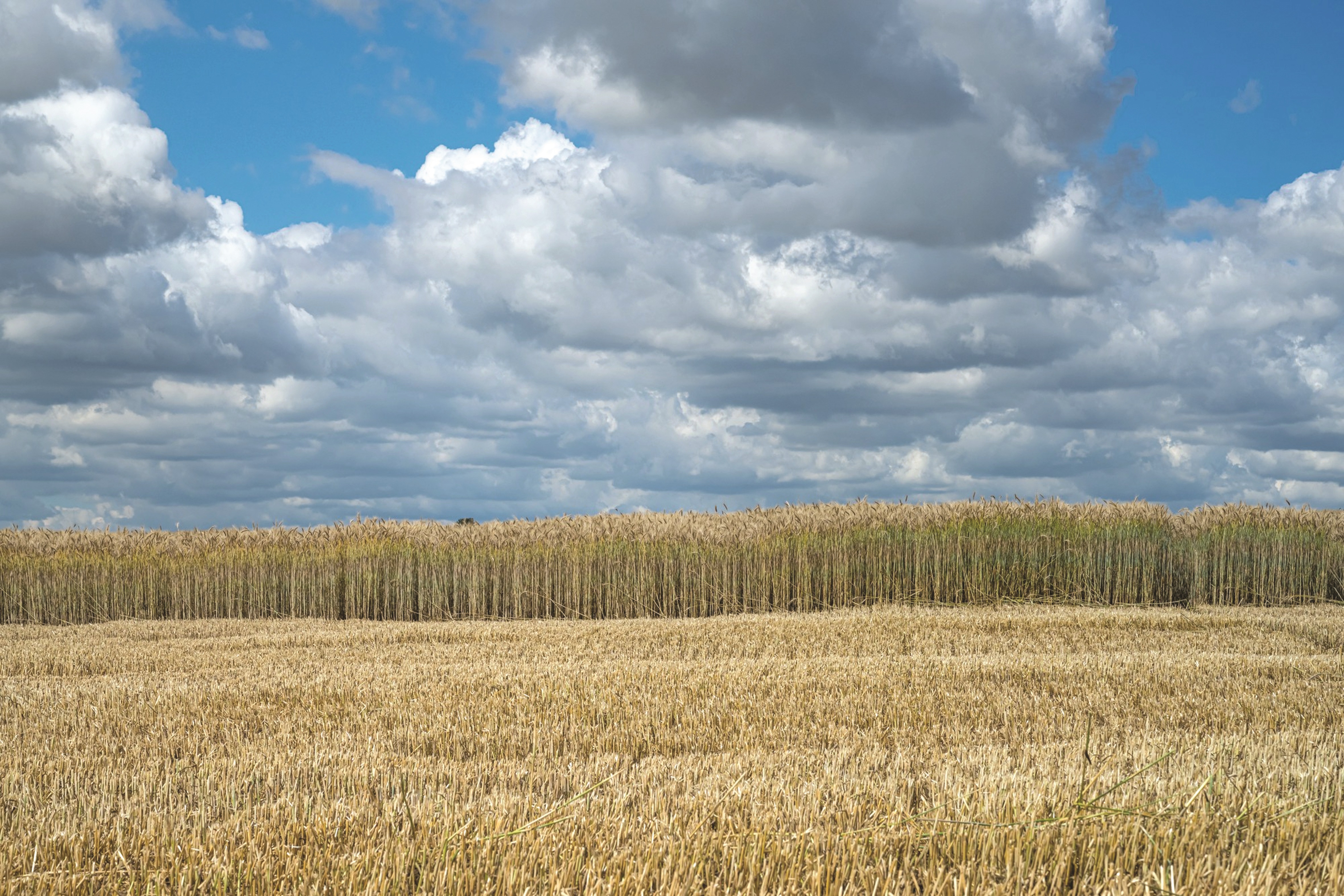February 2024
| WANDILE SIHLOBO, CHIEF ECONOMIST, AGBIZ |
 |
The rainfall conditions in the early part of the 2023/2024 season are looking different compared with earlier expectations. Heavy rainfall occurred at the end of 2023 and the beginning of 2024 throughout most summer rainfall regions of South Africa. The only province that has not received as much rainfall, is
North West.
Against a backdrop of better-than-expected conditions, producers could plant their usual crops in provinces such as the Free State, Eastern Cape, KwaZulu-Natal, Mpumalanga and Limpopo. Meanwhile, North West saw delays in plantings because of slightly delayed rainfall compared with other provinces. The irrigation regions, such as the Northern Cape, also planted on time, benefitted from higher dam levels and reduced loadshedding during the summer holidays to support crop conditions.
ABOVE-AVERAGE YIELDS EXPECTED
The latest survey done by Grain SA shows that crop conditions in provinces that received early rainfall are favourable, and producers’ plantings of most summer crops may have reached the intended area at the start of the season.
Producers in some of these provinces indicated that they expect above-average yields. The significant risk on the horizon that producers fear is the possibility of hail, especially in areas such as the Eastern Free State that is prone to hail. Still, by mid-January, hail had not caused much damage in these areas and the crops were in a favourable condition.
Some producers in these areas also feared that a mid-summer drought would negatively impact crops, particularly the late-planted crops. However, with the South African Weather Service (SAWS) expecting rainfall to continue until March 2024, there is optimism that a drought won’t be a challenge.
The crops would need significant rainfall around February, primarily during pollination time. Beyond pollination, it is believed that the crops would still be in good condition even if the rainfall slows. However, this would likely be a reality for the central and eastern regions. There remains a risk of dryness in the country’s western areas, particularly North West, which already did not receive as favourable rainfall as other provinces.
POSSIBLE DROUGHT IN THE WEST
In its Seasonal Climate Watch Report of 19 December 2023, SAWS underscored this point of possible dryness in the western regions, stating that the ‘multi-model rainfall forecast indicates mostly below-normal rainfall over most of the country during January to May, except for the central and eastern coastal areas, indicating a higher likelihood of above-normal rainfall’.
With this said, the reality has thus far proven to be better than SAWS’s projections as favourable rainfall can be seen continuously across the country since the start of this month, and it is not limited to the coastal regions. If the showers could remain favourable for the remainder of this month and through to the end of February across the country, another ample agricultural harvest could be expected.
FAVOURABLE PRODUCTION CONDITIONS
At the start of the 2023/2024 summer crop production season, producers intended to plant 4,5 million ha of land, which is up 2% from the previous season. Given the feedback from the Grain SA survey, it can be believed that producers met their expected planting area in most provinces. If there are any reductions in area, they will likely be in the white maize regions of North West.
These favourable production conditions also support grazing veld for livestock, vegetable production, fruit production and other agricultural activities. The cautious view that the 2023/2024 production season was started with might be proven to have been too pessimistic, and South Africa could have yet another favourable agricultural season. A lot will unfold in the coming months, but there are now some reasons to be more optimistic about the production conditions.
POLICY CONSIDERATIONS
The favourable conditions would allow more time to be devoted to long-term policy issues that the sector still needs to resolve. The significant issues that should remain in the policy discussion this year include the need to tackle the problems constraining South Africa’s agricultural growth potential head-on. These are the weakening municipalities, deteriorating roads, rising crime, inefficient logistics, animal diseases, lack of progress in registering new agrochemicals and seeds, slow launching of the Land Reform Agency and releasing government land to beneficiaries, and persistent loadshedding.
The government and private sector should collaboratively work to resolve these constraints to attract investments and boost the long-term growth of the agricultural sector. The sector should focus more on these aspects for the remainder of 2024.
* This article was published in the Agbiz Newsletter of 18 January 2024.

Publication: February 2024
Section: Pula/Imvula